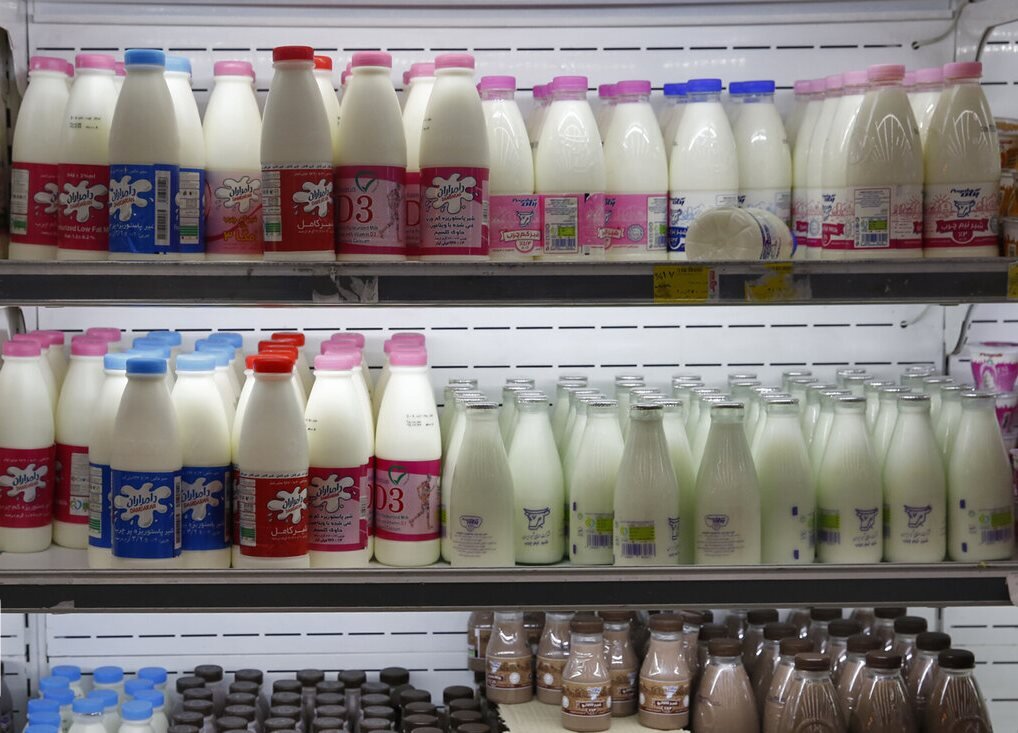QUEENSLANDERS will today be told to expect possible blackouts as early as 2013 unless new electricity generation is built, while explosive new industry modelling warns that Julia Gillard’s clean energy plan will cause bills to rise by at least 10 per cent on top of the carbon price.
The Australian Energy Market Operator will today release a report concluding that Queensland could need new investment in power stations by 2013-14 to support liquefied natural gas and coalmining projects, while Victoria and South Australia could need new plants the following year to guarantee power supplies.
Nationwide, investment for another 1030 megawatts of generation — the equivalent of two average-sized power stations — is needed every year, the report finds.
The report’s release comes as new ACIL Tasman modelling — commissioned by the Energy Supply Association of Australia and obtained by The Australian — warns that Labor’s proposed carbon pricing plan could cause unnecessary price rises because power stations will be required to pay upfront for carbon permits.
Start of sidebar. Skip to end of sidebar.
End of sidebar. Return to start of sidebar.
The association’s acting chief executive, Clare Savage, said the move was “designed to get cash in the door early to prop up the commonwealth budget”.
The modelling has been provided to Climate Change Minister Greg Combet’s department, the Prime Minister’s office and Wayne Swan’s office.
Under Ms Gillard’s carbon plan, generators will need to buy at least $10 billion worth of carbon pollution permits upfront — about $4bn worth for 2012 and a further $6bn worth to participate in electricity contracting on the national electricity market.
The contracts are crucial for generators to lock in power prices with energy retailers. At least 80 per cent of power supplies are subject to such contracts because, without them, power companies are forced on to the volatile spot market where prices can swing from averages of about $30-$40 a megawatt hour to a cap of $12,500/MWh within minutes.
Ms Savage said generators would not have the cash to finance the permits years in advance.
The modelling finds that just a 5 per cent fall in contracts would trigger a 10 per cent rise in retail prices for households, and up to a 15 per cent rise for bigger users.
It also finds that, if the contracting were to unwind even further, this could lead to price rises that were double or even four times this figure.
Ms Savage said she wanted the government’s Clean Energy Future Bill changed so that generators could settle their contracts for future emission permits when they actually produced the carbon. She said that for the government to “risk unnecessary price rises and require payment upfront and years in advance when the permit is actually required represents serious policy failure”.
AEMO chief Matt Zema stressed that his report did not necessarily mean generating capacity would be insufficient in 2013-14. The figures represented a “low reserve condition”, which is where extra investment could be needed to maintain supplies if demand was significantly higher than usual — for instance, during an extreme heatwave.
He said the mix of types of proposed electricity generation was “about right” because investors had committed to more than 1000MW of gas and wind farms.
Related posts:
Views: 0
 RSS Feed
RSS Feed

















 August 30th, 2011
August 30th, 2011  FAKE NEWS for the Zionist agenda
FAKE NEWS for the Zionist agenda 




 Posted in
Posted in  Tags:
Tags: 
















